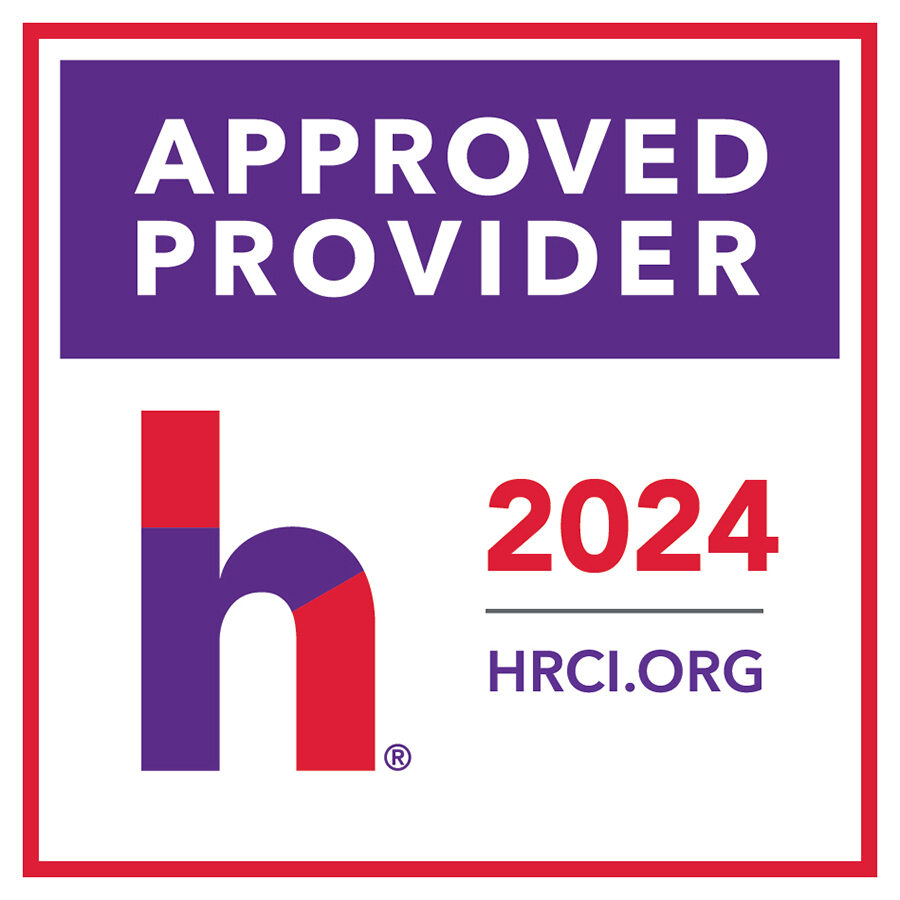Overview:
In today’s evolving workplace, pay equity is no longer just a legal requirement—it’s an ethical imperative and a competitive advantage; a critical component of fostering a fair and inclusive culture. Organizations with equitable pay structures see increased employee engagement, higher retention rates, and a better reputation in the marketplace. The demand for pay equity, transparency and fairness has never been higher, and organizations that fail to address these issues risk significant legal, financial, and reputational consequences.
Many businesses struggle to understand and implement the full scope of pay equity compliance, from adhering to federal laws like the Equal Pay Act to navigating emerging state trends in pay transparency.
This webinar will provide you with a comprehensive, actionable roadmap to achieving pay equity, avoiding costly audits, and creating a fairer workplace for all employees.
Areas Covered in this Training:
· The Equal Pay Act of 1963: Learn how this law shapes modern pay equity efforts and how to ensure your organization is in full compliance.
· Biden Executive Order on Scaling and Expanding Registered Apprenticeships: Understand how this initiative supports equity in hiring & wage growth across industries.
· Core Elements of Pay Equity: From recruitment & hiring practices to performance measurement & promotion, pay equity requires a holistic approach.|
· Explore the elements necessary to build a comprehensive pay equity strategy that addresses every stage of the employee lifecycle.
· Conducting Pay Equity Audits: Learn how to structure your audits, meet federal contractor audit requirements, and identify gaps that need to be addressed.
· EEOC Pay Data Reporting: How to submit pay data reports accurately and what the EEOC looks for in these reports to ensure compliance.
· Internal Analysis of Organizational Pay Equity: How to analyze and optimize pay structures, job postings, hiring practices, and promotion pathways to ensure consistent and fair compensation across the board.
· Utilizing Data-Driven Metrics: Modern pay equity compliance is built on data. Learn how to effectively use metrics to track and monitor pay equity in your organization, from salary analysis to performance reviews and succession planning.
· State Trends in Pay Equity: Learn what’s required and how to implement practices such as the prohibition of prior salary information in job interviews, pay transparency requirements, and state-mandated audits to stay compliant in different jurisdictions.
· Best Practices for Compliance: We’ll share the best practices that leading organizations use to stay ahead of the curve, mitigate risk, and foster a culture of fairness and transparency.
Why Attend this Training:
The laws and best practices surrounding pay equity are changing rapidly. Don’t wait until an audit or lawsuit forces your organization to address pay gaps. Take proactive steps today to protect your organization and employees.
Suggested Attendees:
· Business Owners
· Company Leadership
· CEO
· HR Professionals
· Compliance professionals
· Compensation specialist
· Payroll Administrators
· Professionals interested in learning more about pay equity

Jacquiline M. Wagner, Esq.
For more than twenty-five years, Jacquiline Wagner, Esq., the proud President of Wagner HR, has been representing, advising and training business owners, employers, supervisors and Human Resources professionals in all aspects of Employment Law. Stemming from her seasoned experience, Jacquiline has designed an effective five-point system tailored to cultivate the emotional intelligence of leadership, maximize the full potential of employees and effectively reduce the risk of Employment litigation.

SHRM -
Stand Eagle is recognized by SHRM to offer Professional Development Credits (PDCs) for the SHRM-CPSM or SHRM-SCPSM. This program is valid for 1.0 PDCs for the SHRM-CPSM or SHRM-SCPSM. For more information about certification or recertification, please visit - portal.shrm.org.

HRCI -
This webinar has been approved for 1.0 HR (General) re-certification credit hours toward California, GPHR, HRBP, HRMP, PHR, and SPHR recertification through the HR Certification Institute.
The use of this seal is not an endorsement by the HR Certification Institute of the quality of the activity. It means that this activity has met the HR Certification Institute’s criteria to be pre-approved for re-certification credit.

ACCREDITATIONS


